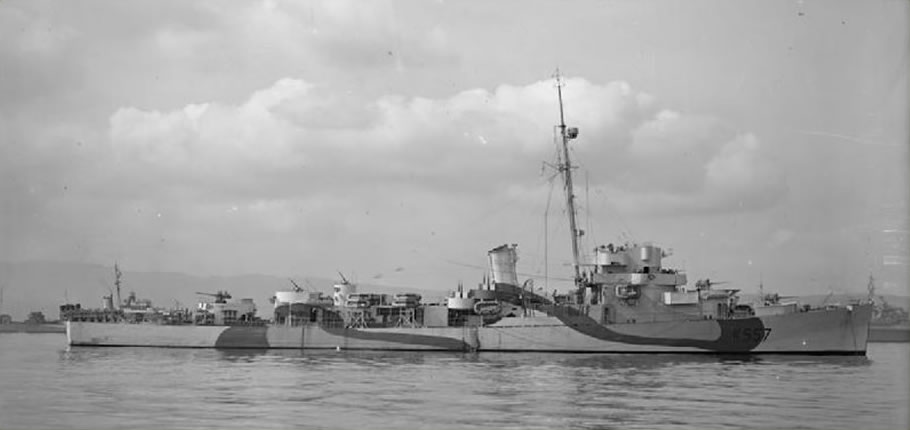
Battleships & Frigates – World War 2
World War II saw the end of the battleship as the dominant force in the world’s navies. On the outbreak of the War, large fleets of battleships—many inherited from the dreadnought era decades before—were one of the decisive forces in naval thinking. By the end of the War, battleship construction was all but halted, and almost every remaining battleship was retired or scrapped within a few years of its end.
Much of World War II was fought at sea from the cold waters of the North Atlantic to the tropical water of the South Pacific.
HMS Repulse
- Type. Battleship
- Class. Renown
- Pennant. 34
- Builder. John Brown
- Ordered. 1914
- Laid Down. 25/01/1915
- Launched. 08/01/1916
- Commissioned. 18/08/1916
- Speed. 31.5 knots
- Fate. Sank 12/12/1941
-
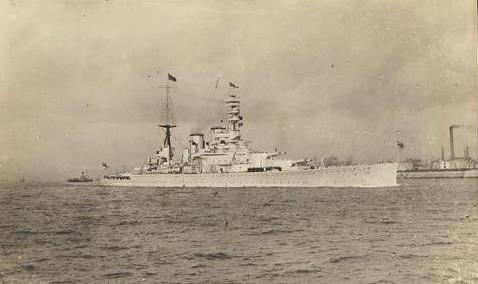
HMS Repulse
HMS Repulse was a Renown Class Battlecruiser launched on the 8th of January 1916 at John Brown Shipyard, Clydebank. Joined the Grand Fleet following post-trials modifications and operated in the North Sea for the remainder of World War I. The light protection of this class of two battlecruisers was a considerable cause for concern and, soon after the Armistice, Repulse received an extensive refit. This significantly increased her armour, and her displacement, which rose some six-thousand tons. The work was completed in 1922, after which the ship began a peacetime career of fleet operations and long-distance cruises. In 1933-36, Repulse was again modernized, emerging with improved deck armour, a hangar and catapult for aircraft, and a greatly increased anti-aircraft gun battery. She operated with the Home Fleet in the North Sea and Atlantic during the first two years of the Second World War, taking part in the pursuit of the German battleship Bismarck in May 1941. Later in the year she was sent to the Far East, accompanying the new battleship HMS Prince of Wales. The two ships arrived at Singapore just before Japan began the Pacific War. As soon as hostilities commenced, both steamed northwards to intercept a reported invasion force. While returning to Singapore on 10 December 1941, Repulse and Prince of Wales were attacked by Japanese high-level bombers and torpedo planes. Repulse was moderately damaged by bombs early in the action and was later hit by several torpedoes. After receiving this heavy underwater damage, she sank rapidly followed less than an hour later by the Prince of Wales.
HMS Rodney
- Type. Battleship
- Class. Nelson
- Pennant. 29
- Builder. Cammell Laird
- Ordered. 1922
- Laid Down.28/12/1922
- Launched. 17/12/1925
- Commissioned. 10/11/1927
- Speed. 23 knots
- Fate. Scrapped 26/03/1948
-
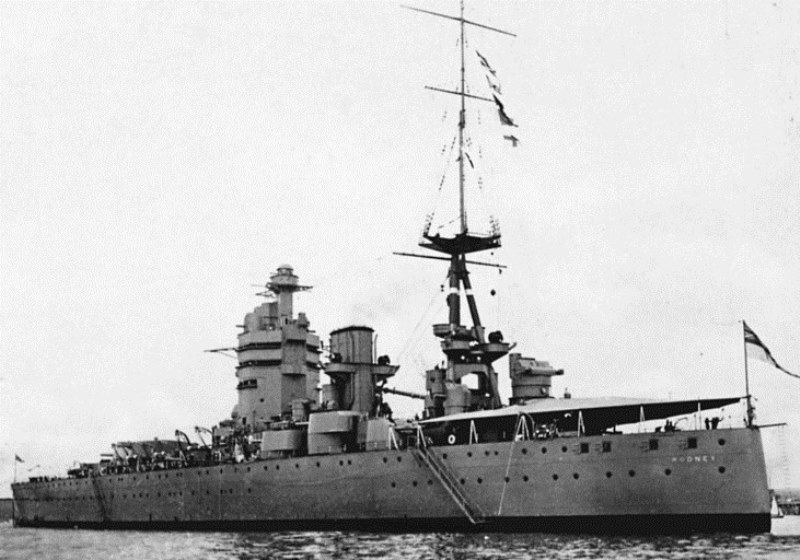
HMS Rodney
HMS Rodney was one of two Nelson-class battleships, laid down on 28 December 1922, she was built at Birkenhead by Cammell-Laird shipyard. Launched on the 17th December 1925, she played a major role in the sinking of the German battleship Bismarck in May 1941. During and after the Torch and the Normandy landings, Rodney participated in several coastal bombardments. During the entire war Rodney steamed over 156,000 nautical miles with no engine overhaul after 1942. Because of her frequent machinery problems and the fact that she had not been upgraded to the extent that her sister Nelson had, starting in December 1944, she became the flagship of Home Fleet in Scapa Flow and rarely left her mooring. In poor condition from heavy use and lack of refits, she was scrapped on 26th March 1948 at Inverkeithing.
Frigates
Commonwealth frigates were specifically designed as anti-submarine escorts for trans-Atlantic convoys. River class frigates offered the size, speed, and endurance of escort sloops using inexpensive reciprocating machinery of corvettes.
River class were designed for North Atlantic weather conditions and included the most effective anti-submarine sensors and weapons. HMS Rother and HMS Spey were launched in late 1941, and Canadian and Australian construction continued through 1944. Early River class units were available for the turning point convoy battles of the winter of 1942-43. River class frigates generally replaced the old Town and V&W class destroyers which had been assigned to ocean escort groups.
HMS Carnarvon Bay
- Type. Frigate
- Class. Bay
- Pennant. K636
- Builder. Henry Robb
- Ordered. 25/01/1943
- Laid Down. 08/06/1944
- Launched. 15/03/1945
- Commissioned. 1945
- Speed. 19.5 knots
- Fate. Scrapped 28/08/1959
-
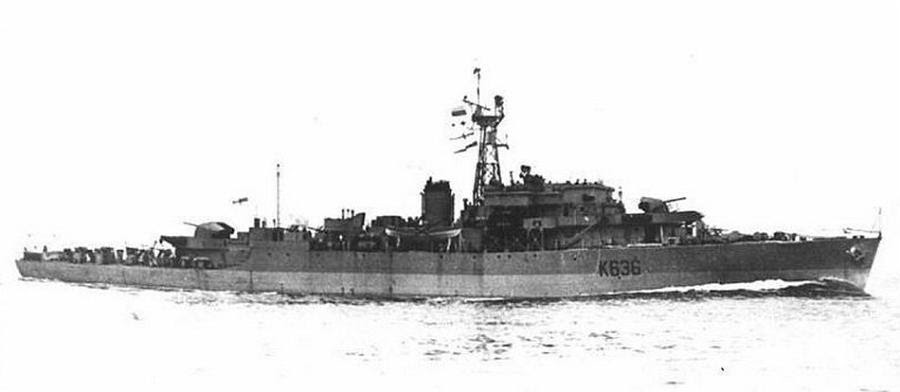
HMS CARNARVON BAY
HMS Carnarvon Bay was a Bay-class anti-aircraft frigate of the British Royal Navy. She was originally ordered as the Loch-class vessel Loch Maddy, but the order was changed in 1944. Built by Henry Robb of Leith, the ship was laid down on 8 June 1944 and launched on 15 March 1945 by Lady Westwood
After sea trials Carnarvon Bay was assigned to the Rosyth Flotilla, joining in November 1945. Deployed for training duties, she made a single voyage to Oslo in January 1946, and to Scapa Flow in February. In April she sailed to Harwich to be decommissioned. Laid-up in the Reserve Fleet at Harwich, she as used as an accommodation ship for personnel of the Reserve Fleet.
Carnarvon Bay remained at Harwich until the Reserve Fleet was closed down and was then transferred to Chatham. Placed on the Disposal List in 1959 the ship was sold to an Italian ship-breaker and towed to La Spezia where she arrived on 28 August 1959.
HMS Dakins
- Type. Frigate
- Class. Captain
- Pennant. K550
- Builder. Bethlehem (USA)
- Ordered. 10/01/1942
- Laid Down. 23/06/1943
- Launched. 18/09/1943
- Commissioned. 23/11/1943
- Speed. 24 knots
- Fate. Scrapped 09/01/1947
-
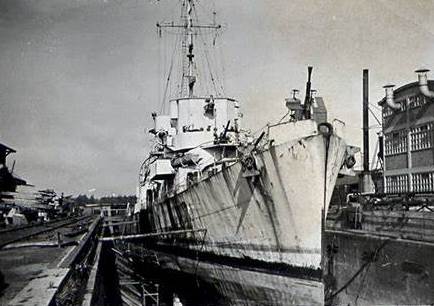
HMS Dakins
HMS Dakins was a Captain-class frigate of the Royal Navy during the Second World War. Built as a Buckley-class destroyer escort intended for the United States Navy, she was transferred to the Royal Navy in 1943 Dakins and was launched on 18 September 1943. She was transferred to the United Kingdom upon completion on 23 November 1943. On 25 December 1944, she struck a mine in the North Sea 14 nautical miles northwest of Ostend, Belgium. Although heavily damaged, she managed to limp back to Harwich. After sufficient repairs to make her seaworthy, Dakins steamed to Antwerp, Belgium, with a skeleton crew and docked at the John Cockerill shipyard in Antwerp’s for assessment of what further repairs she required. Over the five to six months she was moored at Hoboken, no repairs began due to disruptions to port operations by German V-1 flying bomb and V-2 rocket attacks, and in the end plans to repair her were abandoned. After Victory in Europe Day on 7 May 1945, she steamed back to Harwich, where she served as a depot ship for smaller ships and craft being laid up there.
Dakins was declared a constructive total loss and was sold on 9 January 1947 for scrapping in the Netherlands.
HMS Duff
- Type. Frigate
- Class. Captain
- Pennant. K352
- Builder. Bethlehem (USA)
- Ordered. 1941
- Laid Down. 22/02/1943
- Launched. 22/05/1943
- Commissioned. 23/08/1943
- Speed. 24 knots
- Fate. Scrapped 1947
-
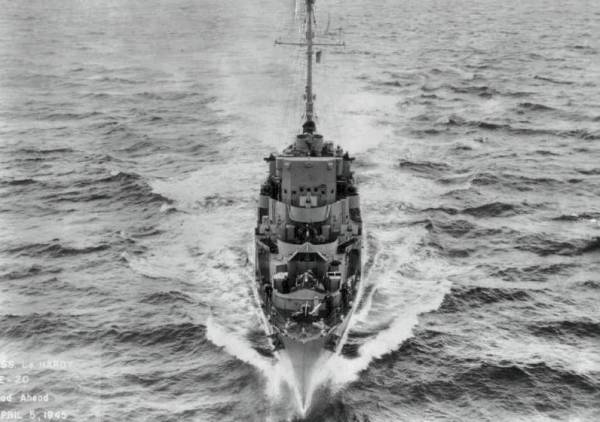
HMS Duff
HMS Duff was a British Captain-class frigate of the Royal Navy that served during World War II. The ship was laid down as the U.S. Navy destroyer escort USS Lamons (DE-64) by Bethlehem-Hingham Shipyard, Inc., in Hingham, Massachusetts, on 22 February 1943 and launched on 22 May 1943. Lamons was transferred to the United Kingdom upon completion on 23 August 1943. Commissioned into service in the Royal Navy as HMS Duff on 23 August 1943 simultaneously with her transfer, the ship served on patrol and escort duty. At 0745 on 30 November 1944, she struck a mine in the North Sea off Ostend, Belgium, suffering three dead. Although badly damaged, she managed to limp back to port at Harwich. Damaged beyond economical repair, Duff was declared a constructive total loss. She was sold in May 1947 for scrapping in the Netherlands.
HMS Ekins
- Type. Frigate
- Class. Captain
- Pennant. K552
- Builder. Bethlehem
- Laid Down. 05/07/1943
- Launched. 02/10/1943
- Commissioned. 29/11/1943
- Speed. 24 knots
- Fate. Scrapped 1947
-
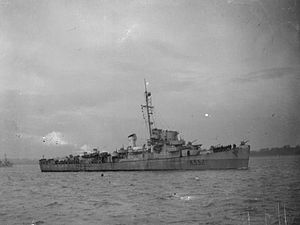
HMS Ekins
HMS Ekins was a British Captain-class frigate originally constructed as a United States Navy Buckley class destroyer escort, she served in the Royal Navy from 1943 to 1945. the ship was laid down as a U.S. Navy destroyer escort designated “DE-87” by Bethlehem-Hingham Shipyard, Inc., in Hingham, Massachusetts, on 5 July 1943 and launched on 2 October 1943. She was transferred to the United Kingdom upon completion on 29 November 1943.
On 16 April 1945, Ekins struck a mine in the North Sea 13 nautical miles northwest of Ostend, Belgium. Although severely damaged, she managed to limp back to port. Damaged beyond economical repair, she was declared a constructive total loss and was decommissioned later in 1945.
The Royal Navy returned Ekins to the U.S. Navy in June 1945.She was sold in March 1947 for scrapping in the Netherlands, and she was scrapped at Dordrecht later that year.
HMS Foley
- Type. Frigate
- Class. Captain
- Pennant. K474
- Builder. Boston
- Ordered. 25/01/1942
- Laid Down. 23/02/1943
- Launched. 19/05/1943
- Commissioned. 22/08/1945
- Speed. 20 knots
- Fate. Scrapped 19/06/1946
-
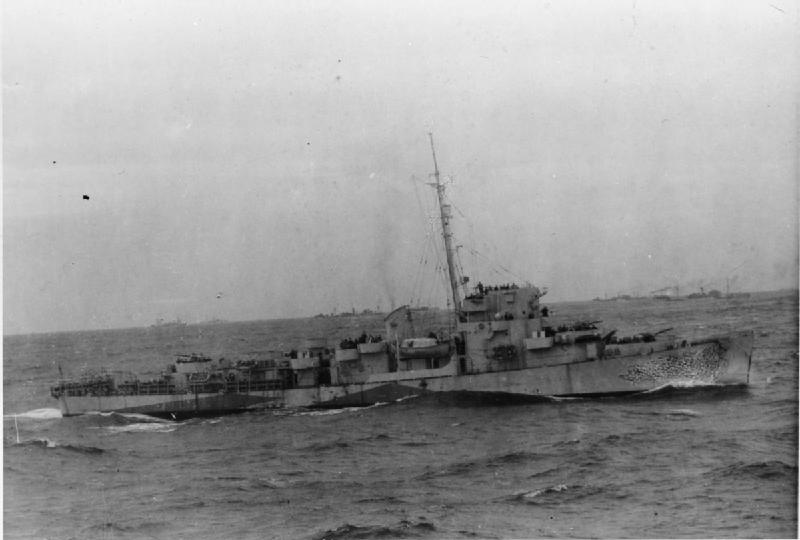
HMS Foley
HMS Foley was a British Captain-class frigate, The ship was ordered as the U.S. Navy destroyer escort DE-270 on 25 January 1942 and assigned the name USS Gillette, on 23 February 1943. She was laid down by the Boston Navy Yard in Boston, Massachusetts, on 7 April 1943 and launched on 19 May 1943, The United States transferred the ship to the United Kingdom under Lend-Lease upon completion on 8 September 1943.The U.S. Navy struck Foley from its Naval Vessel Register on 1 November 1945.
She was sold on 19 June 1946 for scrapping.
HMS Hardy
- Type. Frigate
- Class. Blackwood
- Pennant. F54
- Builder. Yarrow
- Ordered. 1952
- Laid Down. 04/02/1953
- Launched. 25/11/1953
- Commissioned. 15/12/1955
- Fate. Sunk 03/07/1984
-
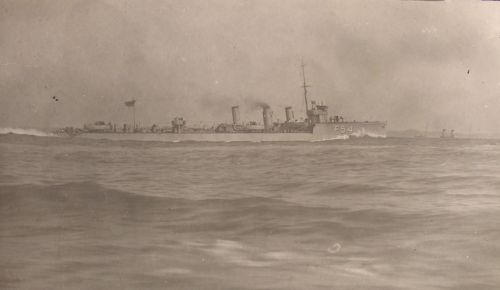
HMS Hardy
HMS Hardy was an anti-submarine warfare frigate of the Blackwood class or Type 14. Completed on 8 December 1955, by Yarrow Shipbuilders. On commissioning Hardy served in the Third Training Squadron at Londonderry before transferring to the Second Training Squadron in Portland in 1957. In 1960 she underwent a major modernisation and refit, before joining the Twentieth Frigate Squadron in Londonderry. In 1967 Hardy transferred to the Second Frigate Squadron and attended Portsmouth Navy Days. The after 40 mm gun in these ships were removed early in their careers due to hull strengthening problems.
She paid off to the Standby Squadron in August 1977, then, after another short spell of operational service at Portland, became a stores accommodation ship in Portsmouth in October 1979. She was used as a target for Exocet missiles and was finally sunk, by torpedo, in the Western Approaches 3 July 1984
HMS Meon
- Type. Frigate
- Class. River
- Pennant. K369 / L369
- Builder. A&J Inglis
- Ordered. 24/06/1942
- Laid Down. 31/12/1942
- Launched. 04/08/1943
- Commissioned. 31/12/1943
- Fate. Scrapped 1966
-
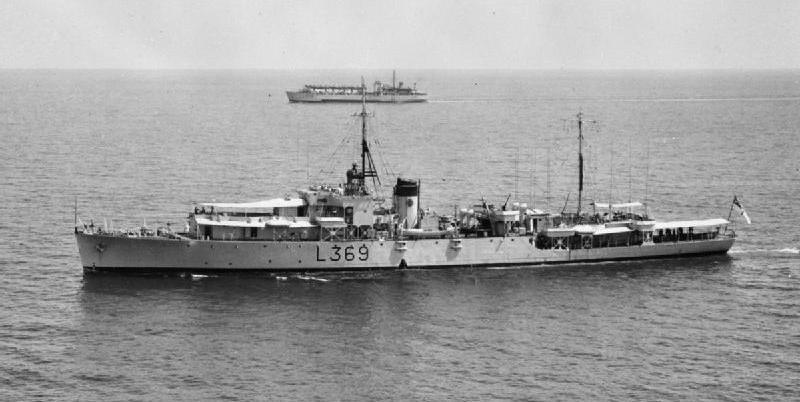
HMS Meon
In 1946 HMS Meon joined the reserve fleet at Harwich, whilst as for the plaque which had been funded by the Bletchley donations, with the vessel now out of commission this would be recovered in 1947 from Chatham by the Clerk of the Council, to be hung in the Council chamber. Meon remained at Harwich until 1952 but would again see active service in the Suez campaign of 1956, and with the Amphibious Warfare Squadron in the Persian Gulf, before being eventually paid off in 1965. She then arrived at Blyth for breaking up in May 1966.
HMS Nith
- Type. Frigate
- Class. River
- Pennant. K215
- Builder. Henry Robb
- Ordered. 11/02/1941
- Laid Down. 05/09/1941
- Launched. 25/09/1942
- Commissioned. 16/02/1943
- Speed. 20 knots
- Fate. Sank 1956
-
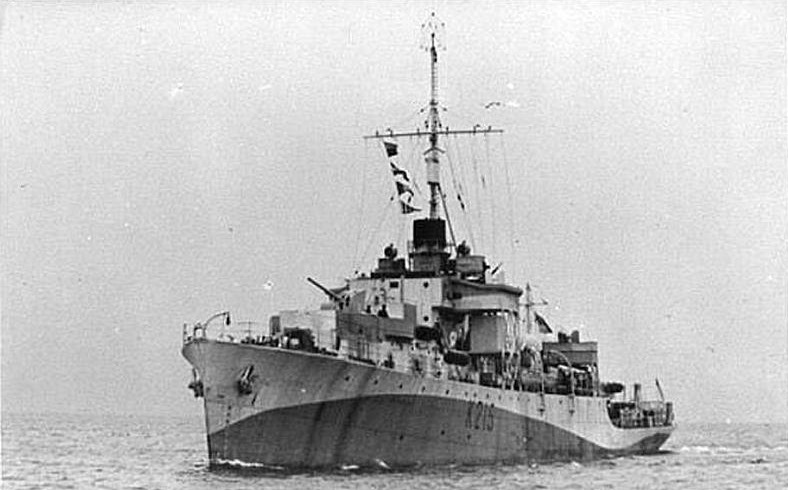
HMS Nith
HMS Nith was a River Class Frigate launched on the 25th September 1942 built in the Leith Shipyards of Henry Robb, She was to serve the Royal Navy well, assigned in June 1944 as the headquarters for the British landings at Normandy on D-day, landing the 231 Infantry Brigade on Green beach, after which, she commenced duties in routine control of convoys to the assault force zones. In March 1946 HMS Nith departed India and became part of the Reserve Fleet at Harwich. In 1948, she was sold to Egypt and renamed Domiat. During the Suez crisis Domiat was sunk on 1 November 1956 by HMS Newfoundland.
HMS Waldegrave
- Type. Frigate
- Class. Captain
- Pennant. K579
- Builder. Bethlehem-Hingham
- Laid Down. 16/10/1943
- Launched. 04/12/1943
- Commissioned. 25/01/1944
- Fate. Scrapped 1948
-
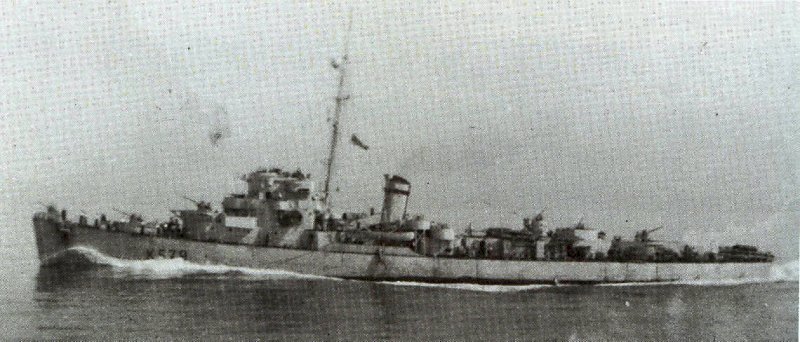
HMS Waldegrave
HMS Waldegrave was a Captain Class Frigate laid down as the unnamed U.S. Navy destroyer escort DE-570 by Bethlehem-Hingham Shipyard, Inc., in Hingham, Massachusetts, on 16 October 1943 and launched on 4 December 1943. The ship was commissioned into service in the Royal Navy under the command of Lieutenant Tempest Hay, RN, as the frigate HMS Waldegrave on 25 January 1944 simultaneously with her transfer. The Royal Navy returned Waldegrave to the U.S. Navy on 3 December 1945.
The U.S. Navy struck Waldegrave from its Naval Vessel Register on 21 January 1946. She soon was sold to the Atlas Steel and Supply Company of Cleveland, Ohio, for scrapping, then resold later in 1946 to the Kulka Steel and Equipment Company of Alliance, Ohio, and sold a third and final time on 8 December 1946 to the Bristol Engineering Company of Somerset, Massachusetts. She was scrapped in June 1948.
HMS Woodbridge Haven
- Type. Frigate
- Class. Loch
- Pennant. P58, K654
- Builder. Swan Hunter
- Ordered. 13/02/1943
- Laid Down.02/05/1944
- Launched. 13/01/1945
- Commissioned. 1945
- Fate. Scrapped 12/08/1965
-
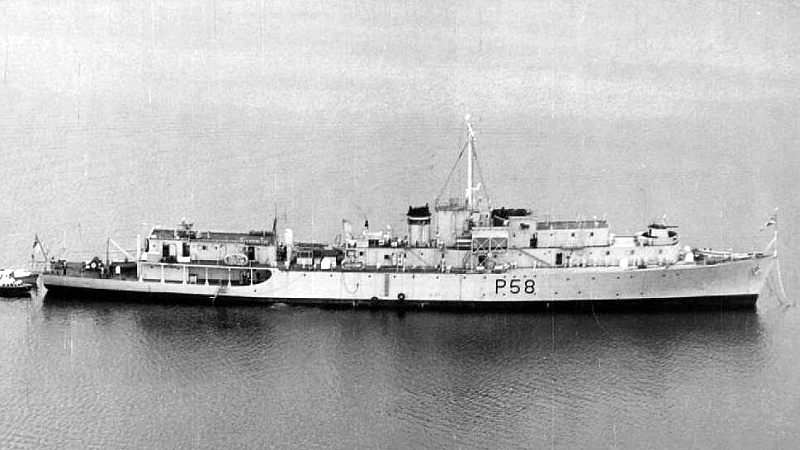
HMS Woodbridge Haven
HMS Woodbridge Haven was an Anti-Submarine Frigate ordered on 13th February 1943 from Swan Hunter of Wallsend, Newcastle. She was laid down on 2nd May 1944 and intended to be named HMS Loch Torridon. The ship was launched on 13th January 1945. Build completion was delayed by the changes needed for use in her new role and she was not accepted into service till 10th October 1945, after VJ Day.
HMS Woodbridge Haven remained in Reserve Fleet at Portsmouth until 1965 when she was sold to Bisco for demolition by Hughes Bolcow, The ship arrived in tow at the breaker’s yard in Blyth on 12th August 1965.
We are adding more information to this site on a regular basis, if you wish to submit any photos or provide any information on naval vessels that were based or visited Harwich, then please use the contact page at the bottom of the screen.
Copyright Ownership.
We attempted to get the consent of copyright holders to use this material for nearly all of the photographs on the website.
In the few cases where names are available, a thorough search was made using telephone directories, photographic copyright directories, People Search and Google Area Search. None of the copyright owners could be traced in this way and we believe we have exhausted all reasonable avenues.
The consensus opinion of these authorities was that if any two of the following situations applied we would be deemed to have taken sufficient action to avoid infringing copyright laws:
- Reasonable efforts made to contact the copyright holder
- No financial gain will be made in relation to the photos
- A letter is obtained from present owner of photos
- There is a proviso included stating that if offence is caused document will be removed
The website owner undertakes to remove any photograph from the website where offence is caused. All the above conditions have therefore been met.
← Cruisers – World War 1 Auxiliaries – World War 2 →
